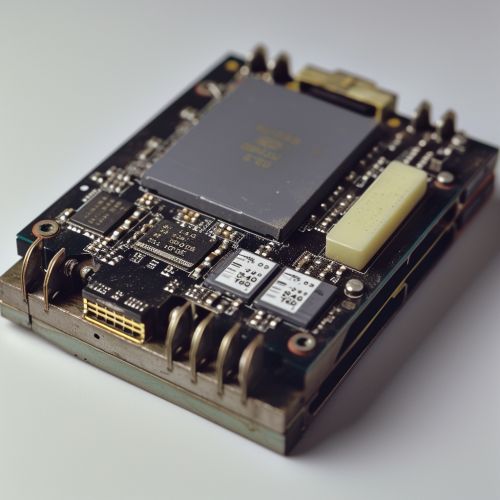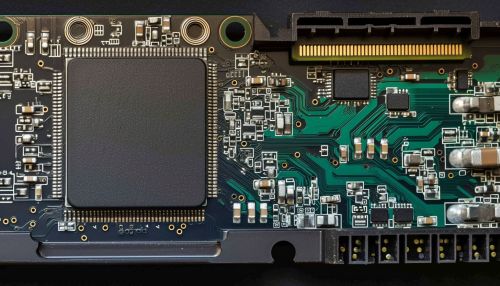Solid State Drive
Overview
A Solid State Drive (SSD) is a type of non-volatile storage media that stores persistent data on solid-state flash memory. Unlike Hard Disk Drives (HDDs), SSDs do not have any moving parts, which provides them with a significant advantage in terms of speed and reliability.
History
The concept of solid state storage started in the early 1950s with the development of Ferroelectric RAM (FeRAM). However, it was not until the late 1980s that SSDs as we know them today began to emerge. The first SSDs were produced by companies such as SanDisk and Intel, and were primarily used in military and industrial applications due to their high cost.


Technology
SSDs use a type of Flash Memory called NAND. There are several types of NAND flash memory used in SSDs, including Single-Level Cell (SLC), Multi-Level Cell (MLC), Triple-Level Cell (TLC), and Quad-Level Cell (QLC). Each type has its own advantages and disadvantages in terms of speed, durability, and cost.
Architecture
The architecture of an SSD consists of a controller and memory chips. The controller is a processor that manages the data stored on the memory chips and communicates with the computer. The memory chips are where the data is actually stored.
Performance
SSDs have several performance advantages over HDDs. They have faster data access times, higher throughput, and lower latency. They also have no moving parts, which makes them more reliable and less prone to mechanical failure.
Applications
SSDs are used in a wide range of applications, from consumer electronics like laptops and smartphones, to enterprise storage systems and data centers. They are also increasingly being used in embedded systems and industrial applications due to their robustness and reliability.
Future Trends
The future of SSDs looks promising, with several trends shaping the industry. These include the development of new types of flash memory, such as 3D NAND and Resistive RAM (ReRAM), as well as advancements in controller technology and software.
